The pendulum of the mind oscillates between sense and nonsense, not between right and wrong
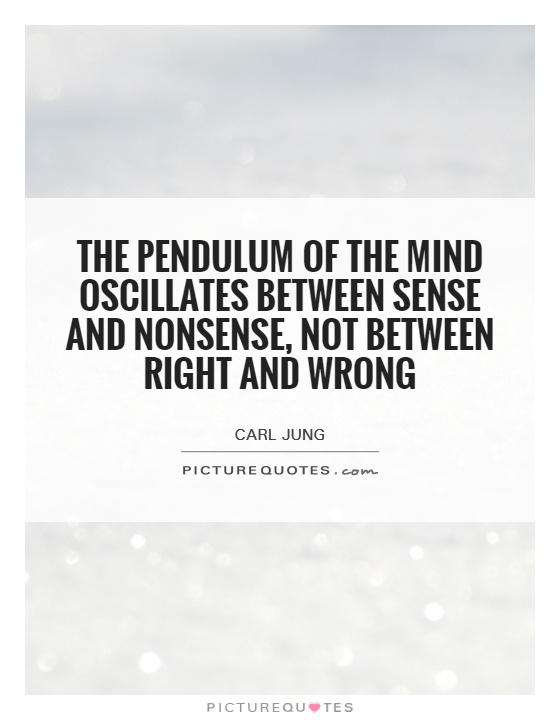
The pendulum of the mind oscillates between sense and nonsense, not between right and wrong
Carl Jung, the renowned Swiss psychiatrist and psychoanalyst, was a pioneer in the field of psychology and a key figure in the development of analytical psychology. He believed that the human mind is a complex and dynamic system that constantly oscillates between different states of consciousness, including sense and nonsense.Jung's concept of the pendulum of the mind reflects his belief that the human psyche is not a static entity, but rather a fluid and ever-changing system that moves between rationality and irrationality. According to Jung, the mind is constantly shifting between these two poles, with each state influencing the other in a continuous cycle of growth and transformation.
In Jung's view, sense and nonsense are not opposites in the traditional sense of right and wrong. Instead, they represent different aspects of the human experience that are essential for psychological development and self-discovery. Sense, for Jung, is associated with rationality, logic, and conscious awareness, while nonsense is linked to intuition, creativity, and the unconscious mind.
Jung believed that both sense and nonsense are necessary for a balanced and healthy psyche. He argued that a one-sided focus on rationality and logic can lead to a lack of creativity and emotional depth, while an overemphasis on intuition and irrationality can result in a loss of grounding and stability.
For Jung, the key to psychological well-being lies in finding a harmonious balance between sense and nonsense, allowing both aspects of the mind to coexist and interact in a dynamic and productive way. By embracing the full spectrum of human experience, including both the rational and irrational, individuals can tap into their full potential and achieve a greater sense of wholeness and self-actualization.
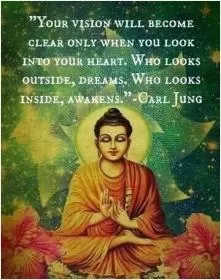
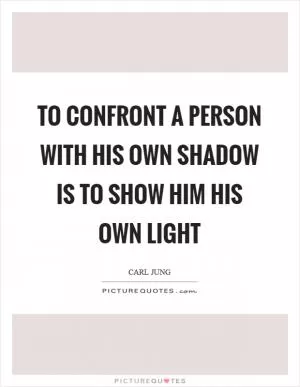
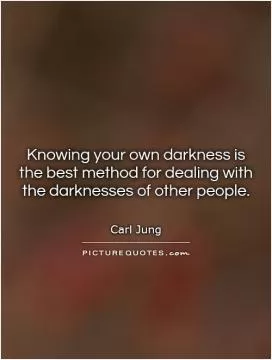
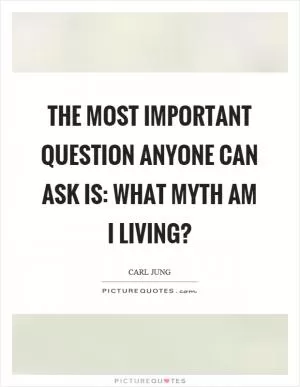
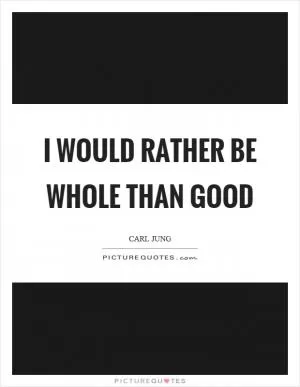
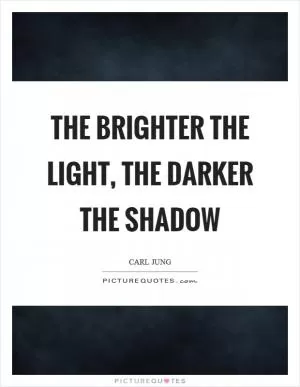
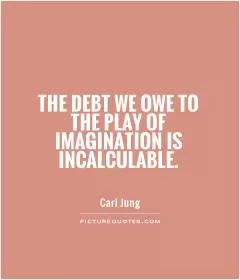
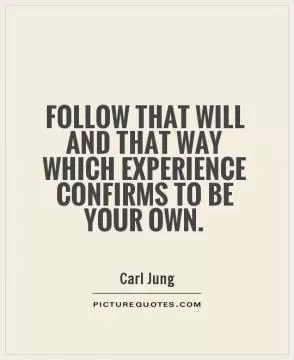
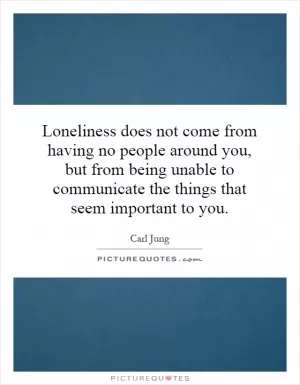
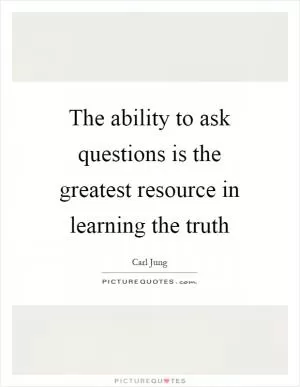
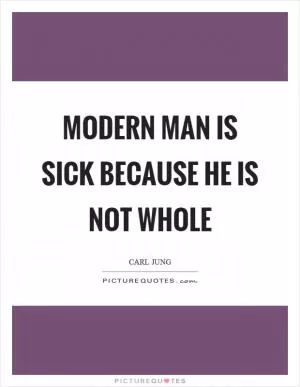
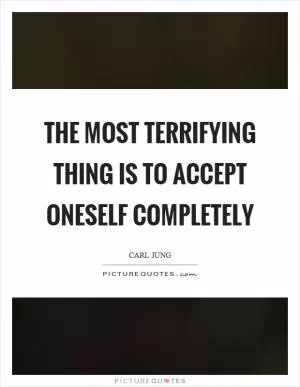
 Friendship Quotes
Friendship Quotes Love Quotes
Love Quotes Life Quotes
Life Quotes Funny Quotes
Funny Quotes Motivational Quotes
Motivational Quotes Inspirational Quotes
Inspirational Quotes